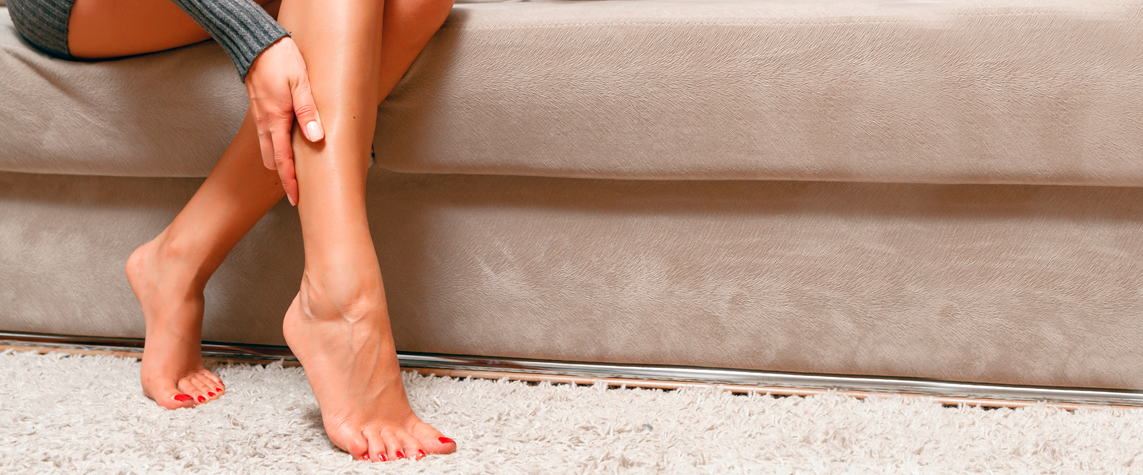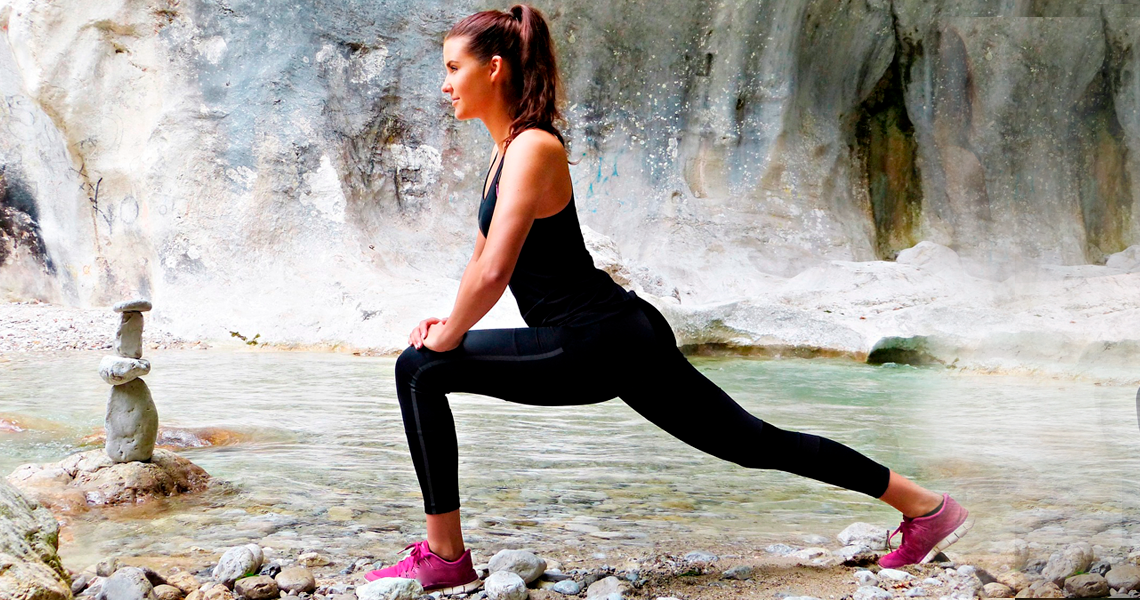Population growth, low birth rate, rapid unplanned urbanization and the globalization of unhealthy lifestyles, combined with the current nutrient-poor diet and physical inactivity, are giving way to an aging population. This current population is represented by the increase in Chronic Non-Communicable Diseases (NCDs) also known as chronic diseases or, in other words, diseases that “in our parents time” were known as “evils of the good life”
.
Joint problems fall within this group of diseases, being one of the most important causes of disability. It is estimated that it affects almost five million Spaniards, with the most prevalent arthritis being those of the knees and hands. As in the gear of a machine, the joints need maintenance. It is common that with age, bad habits or poorly compensated efforts, our joints suffer and then pain appears
.
What are joints?
The joints form the mechanism of our body, they constitute the anatomical structure in which two or more bones come into contact. Its very name, “joint”, denotes movement, support, mechanism. Joints have two primary functions: on the one hand, to constitute points of attachment in the skeleton; and on the other, to generate mechanical movements that provide our body with elasticity. Thats why optimal joint health is vital for a good quality of life.
Why do they get inflamed?
The origin of joint pain and inflammation remains unknown to medicine. It seems that the persons immune system is disordered and the cells responsible for fighting pathogens attack the cells of the tissues that form the joint, causing, through an oxidative process,
inflammation and pain.
Joint inflammation (arthritis) may remain unknown and, over time, they develop into chronic diseases. In some cases, inflammation occurs in a generalized way, not only in the joints, and may affect other organs and systems such as the skin, kidneys, nervous system or lungs, with the consequent deterioration of the patients overall health.
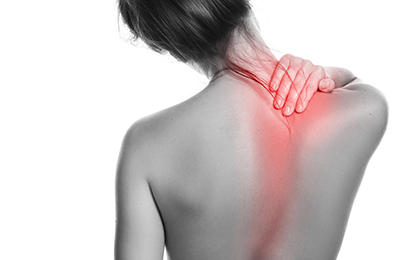
The causes that cause these ailments are many and varied, since they are directly related to our lifestyle habits:
- Normal joint wear and tear over time.
- Injuries, inflammation, or infections from falls, bumps, or injuries
- Inadequate diet that causes imbalances in our body, leading to acidification and joint stiffness: red and processed meat, fried foods, hydrogenated fats, refined flours, industrial pastries and precooked dishes.
- Excessive sports practice that can cause wear and tear and demineralization.
- Sitting unwell for a long time can promote joint disorders.
The keys to caring for your joints
To prevent or solve these joint disorders, we must pay attention to our lifestyle habits: eating healthier, controlling our weight and exercising moderately to promote the reactivation of our joint machinery. We will achieve greater joint relief if we combine it with massage techniques such as osteopathy
.
High quality food supplements are an extra and natural aid to take care of our joints. Here are some of them:
Omega 3 fatty acids
They help us reduce inflammation and pain. We can buy them by increasing the consumption of oily fish in our diet or, as a quality alternative, in Krill Oil capsules, a small crustacean that lives in the deep waters of the Antarctic, free of pollutants. If we choose cold-extracted krill oil, we ensure absorption up to 6 times higher than fish oil
.
Turmeric
The polyphenols in turmeric, specifically curcumin, help alleviate mild to moderate pain and joint inflammation, and may reduce the production of pro-inflammatory enzymes. Turmeric root powder or extracts containing curcumin are not well absorbed, so it is advisable to use extracts that improve their absorption, such as those consisting of turmeric complexes with phospholipids (turmeric phytosome). In these complexes, phospholipids act as a carrier of curcumin and significantly improve the absorption and effectiveness
of turmeric.
Organic Minerals
An unbalanced diet in the past may have acidified our body excessively, one of the causes of inflammation and joint pain. Supplements based on a full spectrum of organic minerals, such as fossil marine coral dust, can help us balance our pH and, therefore, reduce joint inflammation
.
Undenatured type II collagen
Collagen is the most abundant protein in our body (25%) and is a fundamental component of connective tissues, such as tendons and bone, where it performs a structural function giving support and resistance to joints. Collagen is not a single protein, it is a family of closely related but genetically distinct molecules. Several types of collagen are described that differ from each other, due to the way in which their fibrils are distributed. There are up to 21 types of collagen in mammals, but the best known are types I, II, III
and IV.
Type II collagen is what we can find in the connective tissue of the joints. Among type II collagens, we can find several types according to the chemical structure in which they are found (see table). Unlike hydrolyzed collagens, “native” or undenatured collagen, which keeps the triple helix unchanged, has a different and unique mechanism of action. It acts through a process called oral tolerance in which the immune system participates and makes it easier to maintain proper joint health with a small dose
.
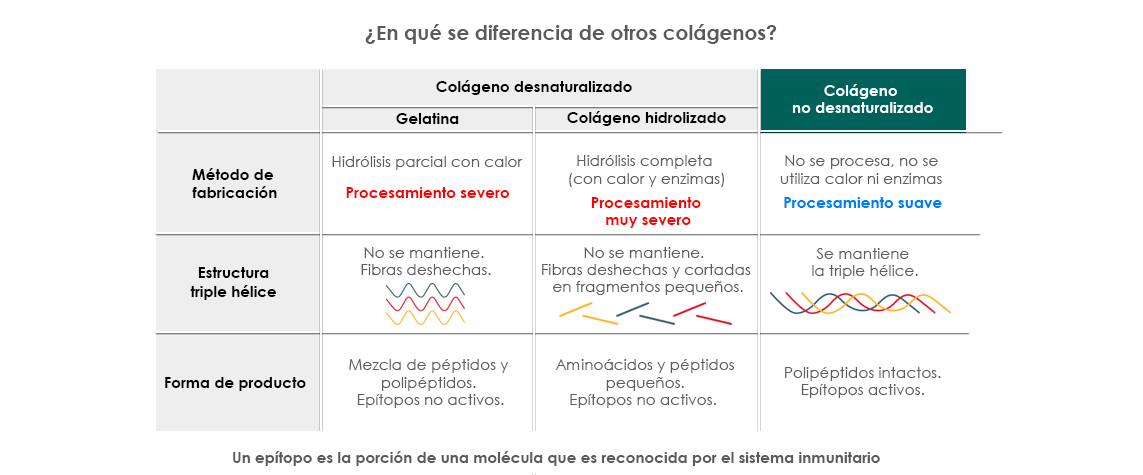
We can complete the action of collagen with vitamins and minerals that help maintain the function and integrity of attached structures inside and outside the joints, such as cartilage, tendons and ligaments: vitamin C and D, manganese and copper.
Prevention, our best ally
Our joints need to be kept under surveillance and well cared for. Knowing in advance the problems that inappropriate habits and attitudes can cause us, will help us prevent the pain they can cause us. By taking care of our diet, doing moderate exercise and incorporating those dietary supplements that give us an extra boost to our health, we will be able to prevent, reduce or slow down joint problems. And for sure, well arrive better when age begins to take its particular toll
.
Paula Saiz
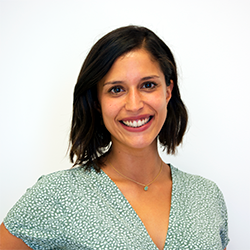
• Degree in Biological Sciences from the Complutense University of Madrid, specializing in plant biology.
• Master in Applied Plant Biology from the Complutense University of Madrid.
• Collaboration in the Endothelial Pathology Unit of the Ramón y Cajal Hospital in Madrid: clinical trials and anti-aging phytotherapy.
• He is currently part of the Department. 100% Natural Technical and Documentation and Training.
All rights reserved ©. The reproduction, partial or total, of the content in any form is prohibited without the prior written consent of Cien Por Cien Natural SL. If you want to share the information, reproduction is allowed by citing Cien Por Cien Natural SL or using the link on their website. Cien Por Cien Natural SL is not responsible for misuse of the content of the article
.



